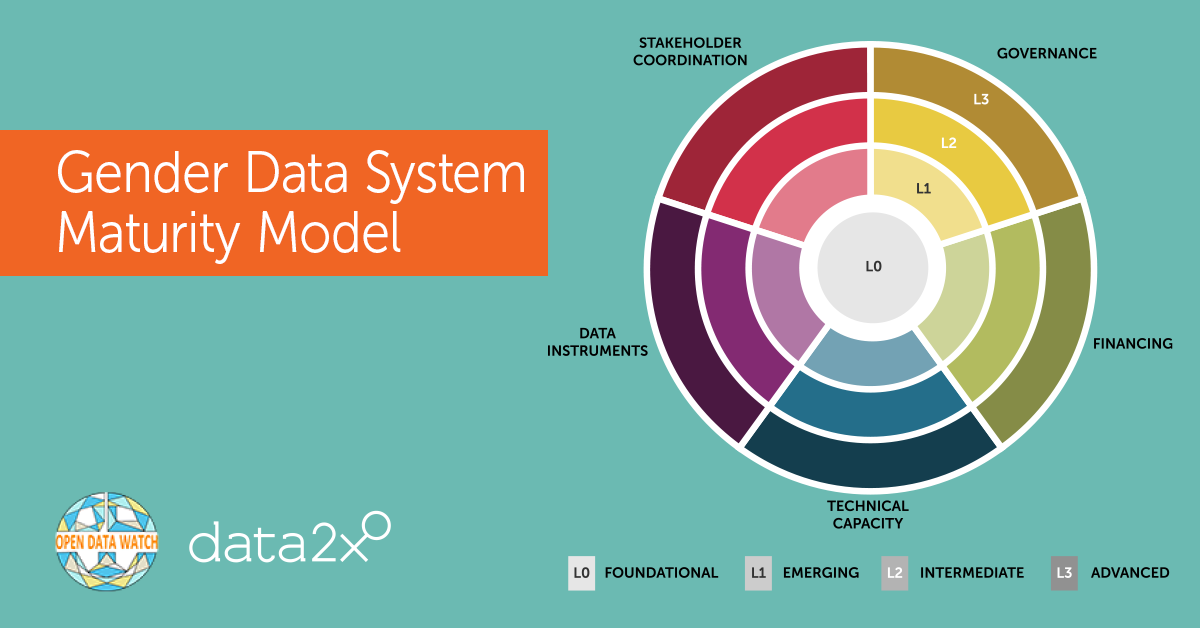Article by Adam Zewe: “Imagine that a team of scientists has developed a machine-learning model that can predict whether a patient has cancer from lung scan images. They want to share this model with hospitals around the world so clinicians can start using it in diagnosis.
But there’s a problem. To teach their model how to predict cancer, they showed it millions of real lung scan images, a process called training. Those sensitive data, which are now encoded into the inner workings of the model, could potentially be extracted by a malicious agent. The scientists can prevent this by adding noise, or more generic randomness, to the model that makes it harder for an adversary to guess the original data. However, perturbation reduces a model’s accuracy, so the less noise one can add, the better.
MIT researchers have developed a technique that enables the user to potentially add the smallest amount of noise possible, while still ensuring the sensitive data are protected.
The researchers created a new privacy metric, which they call Probably Approximately Correct (PAC) Privacy, and built a framework based on this metric that can automatically determine the minimal amount of noise that needs to be added. Moreover, this framework does not need knowledge of the inner workings of a model or its training process, which makes it easier to use for different types of models and applications.
In several cases, the researchers show that the amount of noise required to protect sensitive data from adversaries is far less with PAC Privacy than with other approaches. This could help engineers create machine-learning models that provably hide training data, while maintaining accuracy in real-world settings…
A fundamental question in data privacy is: How much sensitive data could an adversary recover from a machine-learning model with noise added to it?
Differential Privacy, one popular privacy definition, says privacy is achieved if an adversary who observes the released model cannot infer whether an arbitrary individual’s data is used for the training processing. But provably preventing an adversary from distinguishing data usage often requires large amounts of noise to obscure it. This noise reduces the model’s accuracy.
PAC Privacy looks at the problem a bit differently. It characterizes how hard it would be for an adversary to reconstruct any part of randomly sampled or generated sensitive data after noise has been added, rather than only focusing on the distinguishability problem…(More)”

